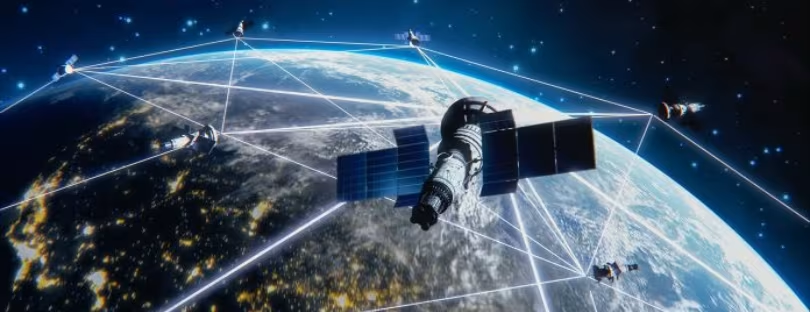
Operators to Lose $1.3 Billion to Flash Calling Globally Over Next 5 Years
In the world of communication, we have come a long way from sending smoke signals to having high-speed internet that allows us to communicate with anyone, anywhere, at any time. One of the latest additions to the communication world is Flash Calling. Flash CalIing is a communication method that allows users to make voice calls with one tap. This innovative technology is rapidly gaining popularity all over the world.
The idea behind Flash CalIing is to facilitate communication for people who face trust issues while dialing traditional voice calls. In a traditional voice call, the recipient’s phone rings, and they have to answer that call. This can be inconvenient when one is trying to reach a loved one in an emergency or an urgent business call that needs immediate attention. However, with Flash Calling, users can make calls without dialing a single number, saving a considerable amount of time and allowing the recipient to understand the urgency of the call.
Save money with Flash Calling – using fewer data and shorter duration of connections
Flash Calling uses a unique technology that aims to revolutionize the way we communicate. It works by utilizing an intelligent system that automatically identifies the user’s location and calls the recipient without having to dial a number. This technology is possible because of the interaction between the caller’s location and the database server.
Flash Calling is not only faster and more efficient but also safer than traditional phone calls. Flash calls are more secure since they do not show the users’ phone numbers to the recipient, which comes in handy when trying to reach someone who does not know you. Moreover, the flash calling system logs incoming and missed calls, making it easier to trace calls made to emergency services.
Flash calls are also cheaper than traditional voice calls as they use a shorter duration of connections, which translates to lower costs for the users. The data usage is minimal, and Flash CalIing uses only a few kilobytes of data compared to a standard voice call, which can use up to 4 MB of data.
Flash calling threatens SMS revenue for operators, costing $1.3 billion, Juniper Research reports
A new report from Juniper Research, foremost experts in emerging communications technologies, has found that operators will lose $1.3 billion to undetected flash calls cumulatively between 2023 and 2027.
Flash calling leverages voice networks to authenticate a user or transaction via an originating phone number of a missed call. The last few digits of this phone number are then automatically used for authentication, rather than a user inputting a code manually that was delivered via SMS.
An inability to detect flash calling traffic will lead to diminishing SMS business revenue for operators, as enterprises use flash calIing over highly lucrative SMS channels monetised by operators. In turn, the research urges operators to adopt voice firewall solutions that are able to distinguish flash calling traffic from existing P2P voice calls in order to reduce SMS business messaging revenue losses.
Identification of Traffic Key for Operator Success
According to the report, network operators will fail to detect over 90% of flash calIing traffic in 2023. However, experts expect this figure to decrease to 45% by 2026 as third-party firewall providers increasingly offer detection services.
As firewalls identify more flash caIling traffic, a choice must be made by operators: block or monetise the identified flash-calling traffic. The report recommends that operators prioritise strategies that monetise traffic, as blocking P2P voice calls incorrectly identified as flash calling traffic will lead to frustration amongst subscribers and, most importantly, a reduction of voice channels’ value.
Flash Calling ~ A Potential New Revenue Stream
As voice firewalls are increasingly adopted, the report predicts that operators’ losses to undetected flash calling will begin to experience year-on-year declines from 2026, as more traffic is identified and hence monetised by operators. It forecasts that operators’ revenue from fIash calling will reach $450 million globally by 2027; surpassing operators’ losses to unidentified flash calling traffic for the first time.
In conclusion, FIash Calling is a game-changer in the communication world. With its unique features, it not only saves time, but it is also more secure, efficient and cost-effective. Furthermore, as the popularity of FIash Calling grows, it’s evident that this innovative technology will undoubtedly have a considerable role in the future of communication.









